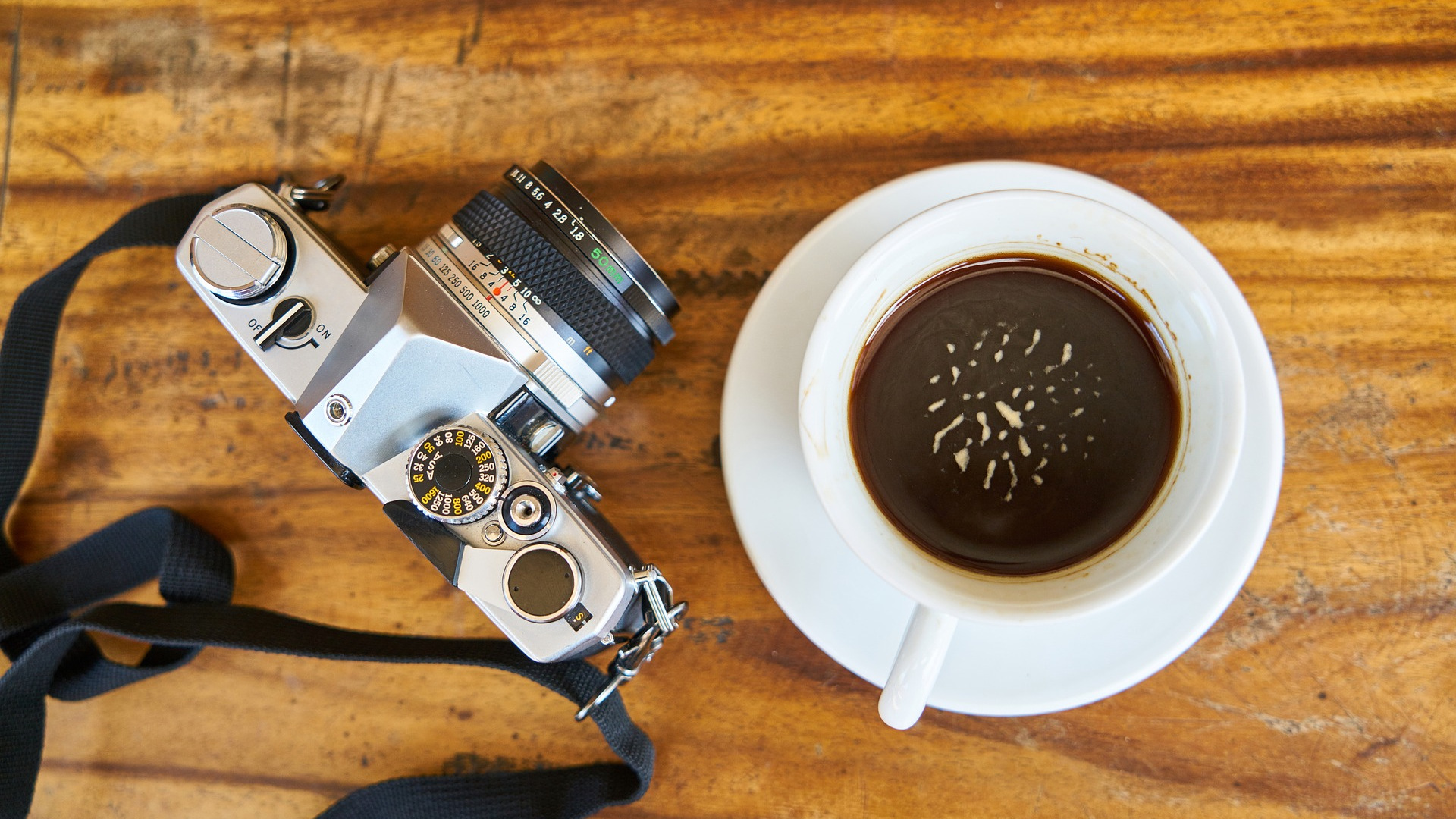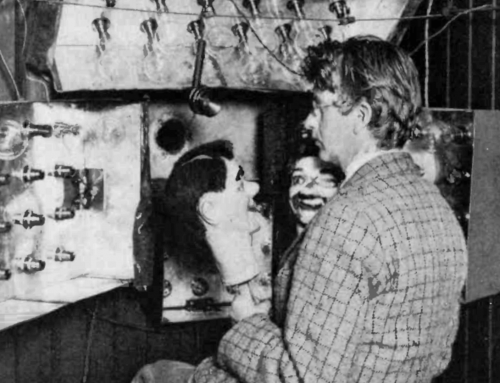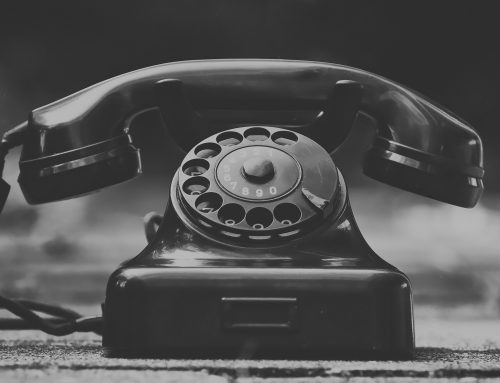Livestreaming is a massively growing broadcasting medium that allows basically anyone with a camera and an internet connection to present a show to a worldwide audience and is part of the growing list of services we provide at Fisher Audio Visual. Streaming has a long and fascinating history, but did you know that rather than create a whole new way to broadcast content, the very first live stream was meant to solve the rather mundane issue of making sure there was any coffee in the break room? This is the story of the most famous coffee pot in history, and it begins with the Trojan Room at the University of Cambridge.
The Computer Laboratory building at the University of Cambridge was a rather labyrinthine part of Cambridge’s famous New Museums Site. It housed the Systems group, a team of roughly 15 academics who shared one coffee machine between them, based just outside what was unofficially known as the ‘Trojan Room’. These industrious academics were essentially fuelled on coffee, meaning that a fresh pot would not last very long. If you were part of the Systems group, there was no guarantee that you would be near the Trojan room. Indeed, you may need to travel several flights of stairs in order to get a fresh cup of coffee, and by that point, the pot may well be empty.
A wasted journey for a cuppa simply would not do, and so Quentin Stafford-Fraser and Paul Jardetzky set to work to stop unnecessary journeys. They took a retort stand, fixed a digital camera to it and connected it to a frame grabber which took still images from it. Jadertzky then wrote a server program known as xcoffee, which captured roughly three images a minute and sent them across the server to a client-side program written by Stafford-Fraser. This means that anyone in the team could see a live broadcast of the coffee machine and know whether to bother making the trip.
That’s right, the world’s first ever live stream was a way to know whether you’d get coffee if you went to the machine. Never underestimate the power of computers to transform people’s lives.
Joking aside, it was an interesting technical experiment that did not take long to develop and took on a life of its own with the birth of the World Wide Web and Mosaic in 1993. It didn’t matter that the camera could only broadcast in black and white at the insanely fast rendering speed of three frames a minute, it had caught on with first the “Coffee Club” and later, once the dedicated client program was replaced with a web page, hundreds of thousands of early internet patrons.
Now, Jadertzky and Stafford-Fraser, expected xcoffee to last maybe a year or two before the experiment was shut down. In the end, it lasted an entire decade, all the way to 2001. By this point, it had stopped being a novelty or a joke and had become a piece of history. It was the subject of early internet jokes, like the Hyper Text Coffee Pot Protocol, an April Fools joke that turned into a real implementation of an automated coffee maker. It even appeared in video games such as Hitman 2: Silent Assassin. It had become notable as the first ever webcam and the first-ever live stream.
Unfortunately, all good things needed to come to an end. The Computer Science Department at the University of Cambridge was moving to a new, purpose-built building. The William Gates Building move meant that all the equipment had to be moved out of the Trojan room, and it was decided that there was no better time to finally turn off the Trojan Room coffee pot. The last image captured was the hands of Stafford-Fraser, as well as the two developers who brought the coffee pot to the wider internet (Martyn Johnson and Daniel Gordon), simultaneously switching off the system and bringing an end to the caffeinated institution, at 9:54, 22nd August 2001. It was mentioned on the front page of the Times and the Washington Post, with articles in Wired Magazine and the Guardian as well. The final pot was sold on eBay and made a huge £3,350 when sold to German news magazine Der Spiegel’s web offshoot Spiegel Online. They refurbished the coffee machine and until 2016 it continued the coffee pot stream in Der Spiegel’s offices, where it was permanently loaned to the Paderborn Heinz Nixdorf MuseumsForum, the largest computer museum in the world.
From there live streaming went from a novelty to a fundamental part of how people communicate. Bespoke expensive video hosts paved the way for the universally used Youtube in 2005, which led to a number of live streaming sites including Justin.TV and later Twitch. Since then it has gone from a niche concern that was an expensive labour of love to the future of broadcasting itself and opening the doors to a wealth of completely new ways to create and distribute content. With Fisher Audio Visual, we can give you a professional experienced framework to broadcast your event to whoever you want, from people in other rooms to people in whole other countries. To find out more about this and our other event services, contact us today and get a quote.




